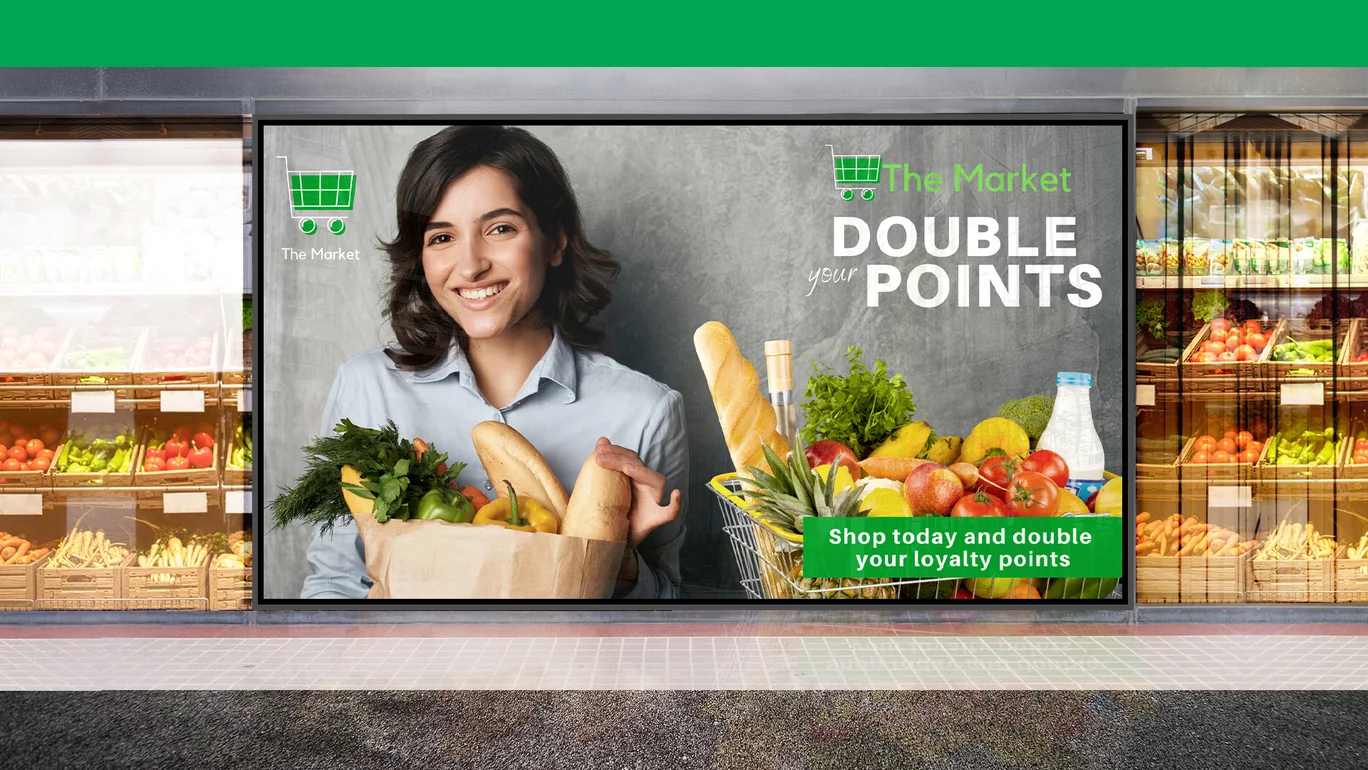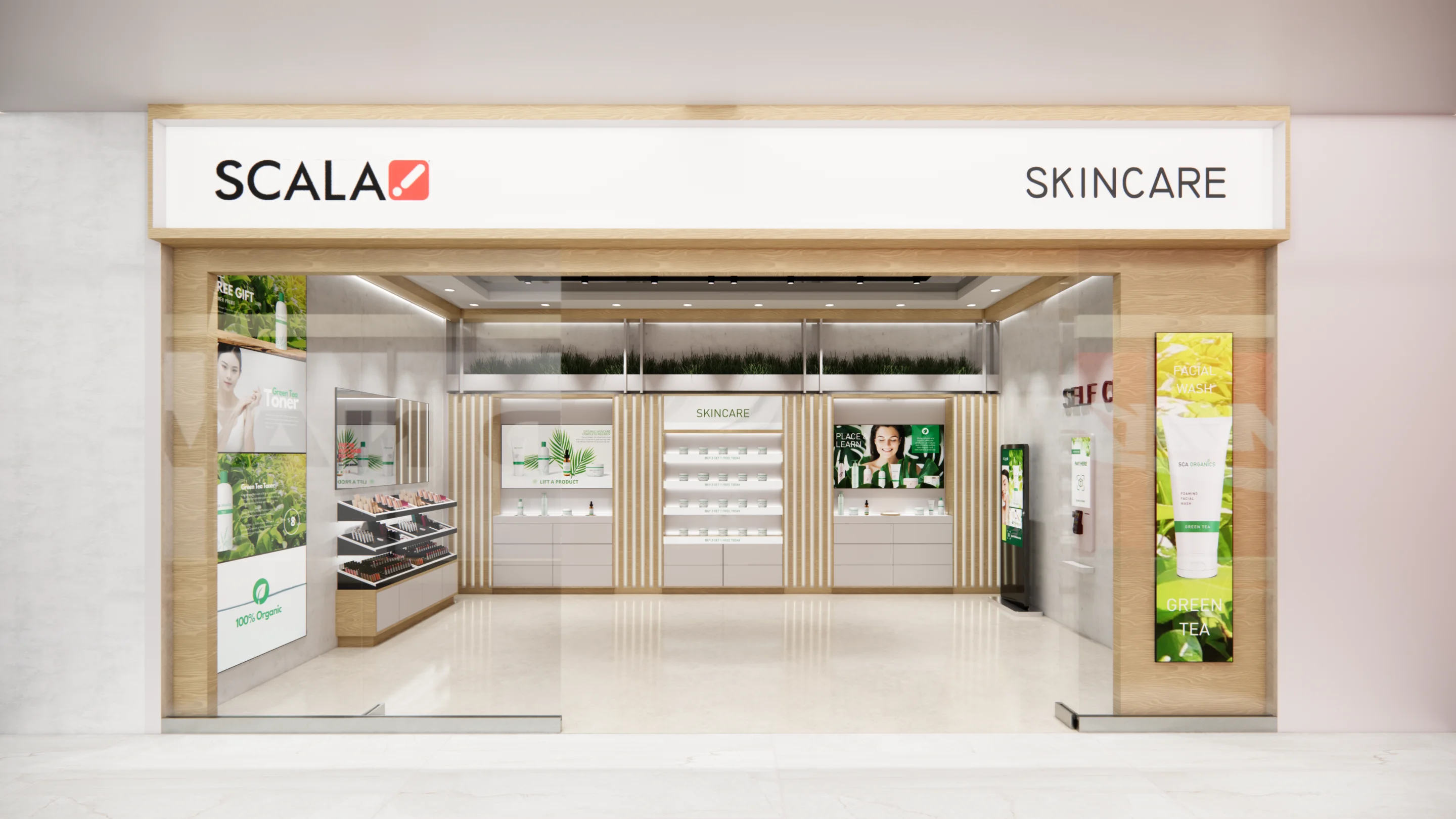To cope with changing consumer preferences and increasing competition, the pressure is on for restaurants to find new ways to increase revenue and boost customer satisfaction so they can stay ahead of the competition. Restaurant technology has advanced significantly over the last few years, and developers are pushing the boundaries of innovation to create solutions that will help restaurants achieve success.
One of these innovative solutions is the food ordering kiosk, typically considered to be touchscreen computers that allow customers to enter an order into the computer on their own. Many studies have shown that these kiosks are very useful in elevating the customer experience and improving efficiency.
According to the National Restaurant Association, self-serving kiosks have reduced costs at restaurants by $3 billion per year and have increased convenience for customers. It is little wonder, then, that there has been a huge uptick in the deployment of self-ordering kiosks, especially at quick service restaurants (QSRs) and restaurant chains.

The Asia-Pacific Kiosk Market is expected to witness market growth of 26.2% CAGR during the forecast period (2017-2023). Within the Asia-Pacific region, countries such as China, Japan, India, Australia and Singapore have a good number of kiosk installations owing to technological advancements and emergence of new business models.
Let us now explore four ways in which food ordering kiosks can help QSRs and restaurants scale up their businesses:
Reduce Ordering Time
Self-serving kiosks help customers navigate the menu easily. Decreased wait times, improved order accuracy and increased speed of service all contribute towards improved customer experience. When used in combination with front-of-house staff, kiosks are excellent at minimising queues. The ordering process is streamlined through self-ordering kiosks which in turn, gets meals to customers faster.
Increased Order Size
Food ordering kiosks using smart technology can predict which products customers want to order. This helps in upselling and cross-selling, resulting in guests buying an extra drink or adding on that dessert item they never thought they needed, thus pushing up sales and revenue for restaurants and QSRs.
In addition, in the absence of face-to-face interaction, guests often feel more at ease, leading to an increase in order size.
Intelligent Guest Insights
Self-serving kiosks can provide actionable and intelligent insights into guest behaviour, such as food preferences for specific customer segments, most popular add-ons, most ideal time of the day to launch a promotion and so on. Real time insights can help restaurants track inventory levels, streamline operations and optimise product offerings.
Assistive & Safer Experience
In a post-COVID world, restaurants and QSRs across the world are reopening responsibly and are displaying greater sensitivity towards guest safety. Self-ordering kiosks nowadays are integrated with sensors and assistive technologies, allowing guests who are visually or hearing impaired to order conveniently, and at the same time helping to maintain social distancing.
Conclusion
In conclusion, the chase is always on for restaurants to find new ways to increase revenue and improve customer satisfaction. By giving customers more control over the ordering process, enhancing order accuracy and reducing waiting times, food ordering kiosks provide an ideal solution to achieve these goals.
Click here to find out how Scala assisted international food chain Wendy’s to stay ahead of the QSR competition in the digital signage revolution.
Further delight your customers with Scala’s latest LINQ all-in-one intelligent tablets that provides a smart, efficient and personalised ordering experience.
About the Author
Esther Chew is the Sr. Manager – Corp Comm & Marketing at STRATACACHE Asia-Pacific and is responsible for developing and implementing the internal and external communications strategy and programmes across Asia-Pacific. She drives the company’s corporate image and brand messaging through integrated and strategic communications leveraging various platforms such as executive communication, client communication, digital marketing, media relations and B2B events.





